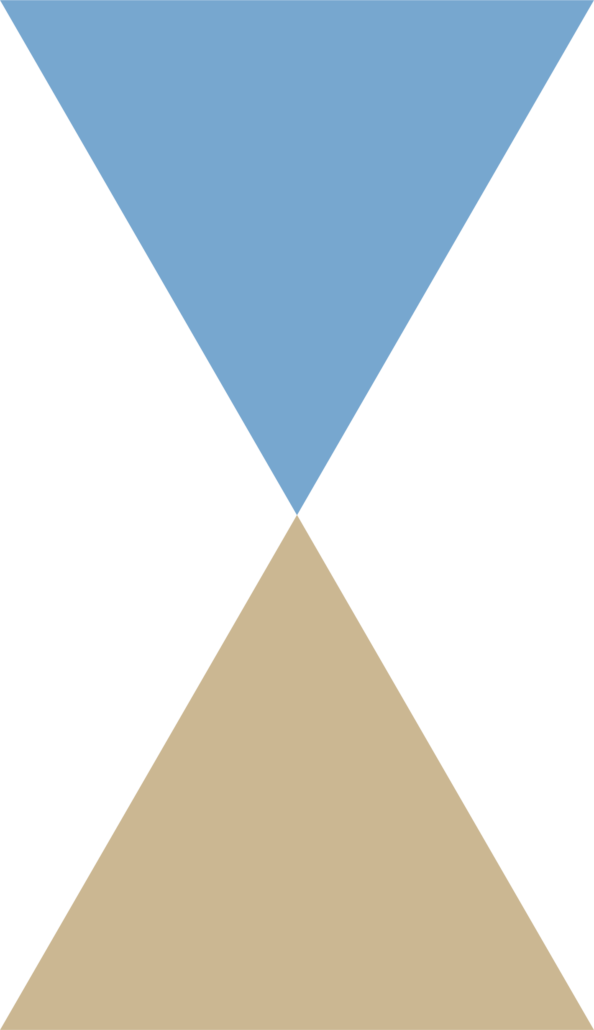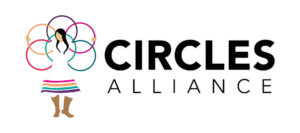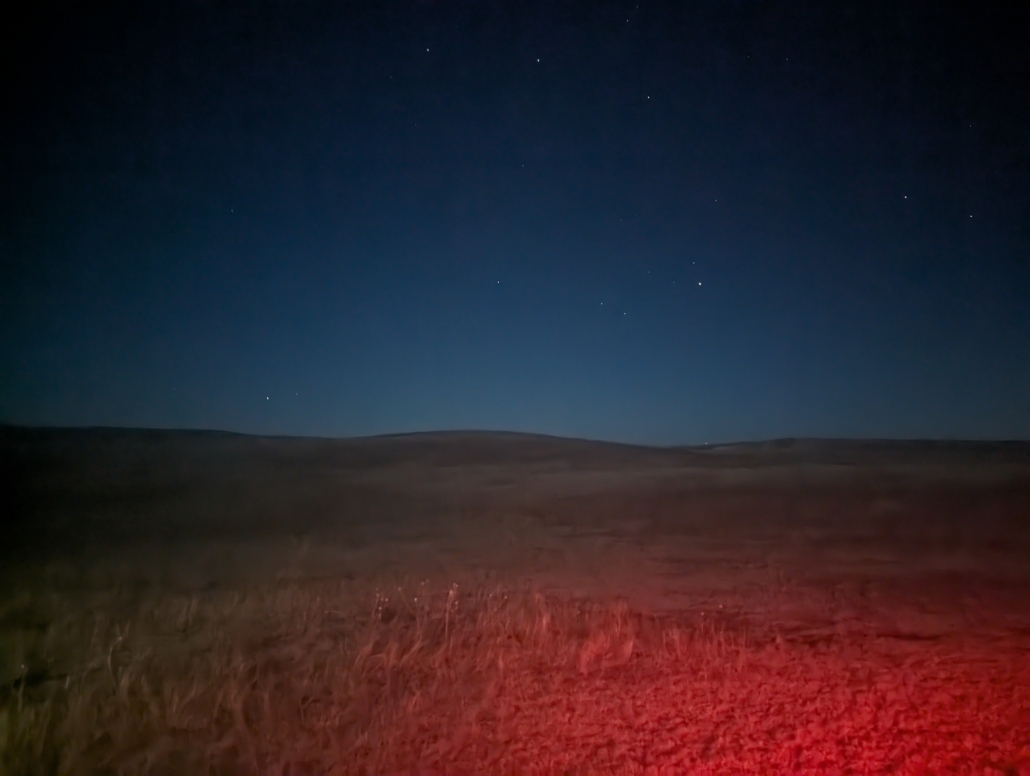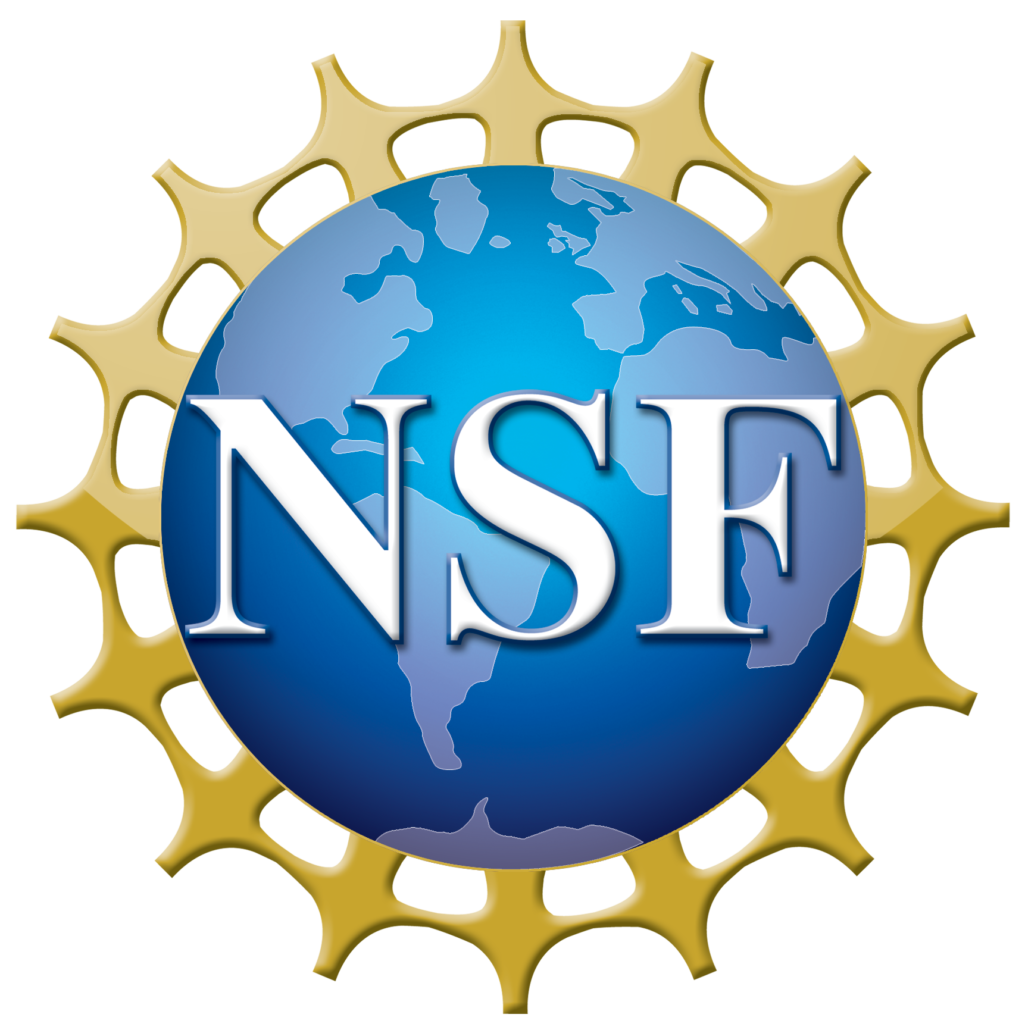Cultural Relevance – Oceti Sakowin Essential Understandings
OSEU 3: Culture and Language-
OSEU 3.3- Recall Oceti Sakowin sacred sites, creation stories, and star knowledge and describe how they relate to each other, and how they are still used today on and off the reservation.
Lesson Objective
Students will understand that the stars rotate in relationship to the seasons- due to the Earth’s orbit around the sun.
Content Standards
MS.ESS1.1: Develop and use a model of the Earth-sun-moon system to describe the cyclic patterns of lunar phases, eclipses of the sun and moon, and seasons.
Science practice standards
Analyze and Interpreting Data- Students will gather data to demonstrate how the big dipper changes over the course of a year. Students will construct ideas and explanations for why they feel this change happens.
Develop and Use a Model- Students will create a model to demonstrate the orbit of the Earth around the sun impacts the stars and change in the seasons.
Cross Cutting Concepts-
Patterns- Students will observe patterns of the stars, organize the patterns they find, and develop questions around their observations.

Lakota Virtues
Kinship
Lakota Stories
Told by Lakota Elder Duane Hollow Horn Bear
Materials
Large paper (11 by 17) for students to record the patterns they see in the star constellations.
Colored pencils
Scissors
Big Dipper model
**(Optional) Students will need chromebooks/computers to use the site: https://stellarium-web.org/
**If students do not have access to their own computers this will need to be a teacher led activity
Length of Activity one class period (50-60 minutes with room for extension)
Core Problems/Outline of Lesson
Hook/Lesson Introduction-We are all relatives- Mitákuye Oyás’iŋ
Engage- The Star Boy and the Seven Sisters
Explore- Gather data demonstrating the change in star constellations.
Closure- Star Trails image- New thoughts, what is this showing?




